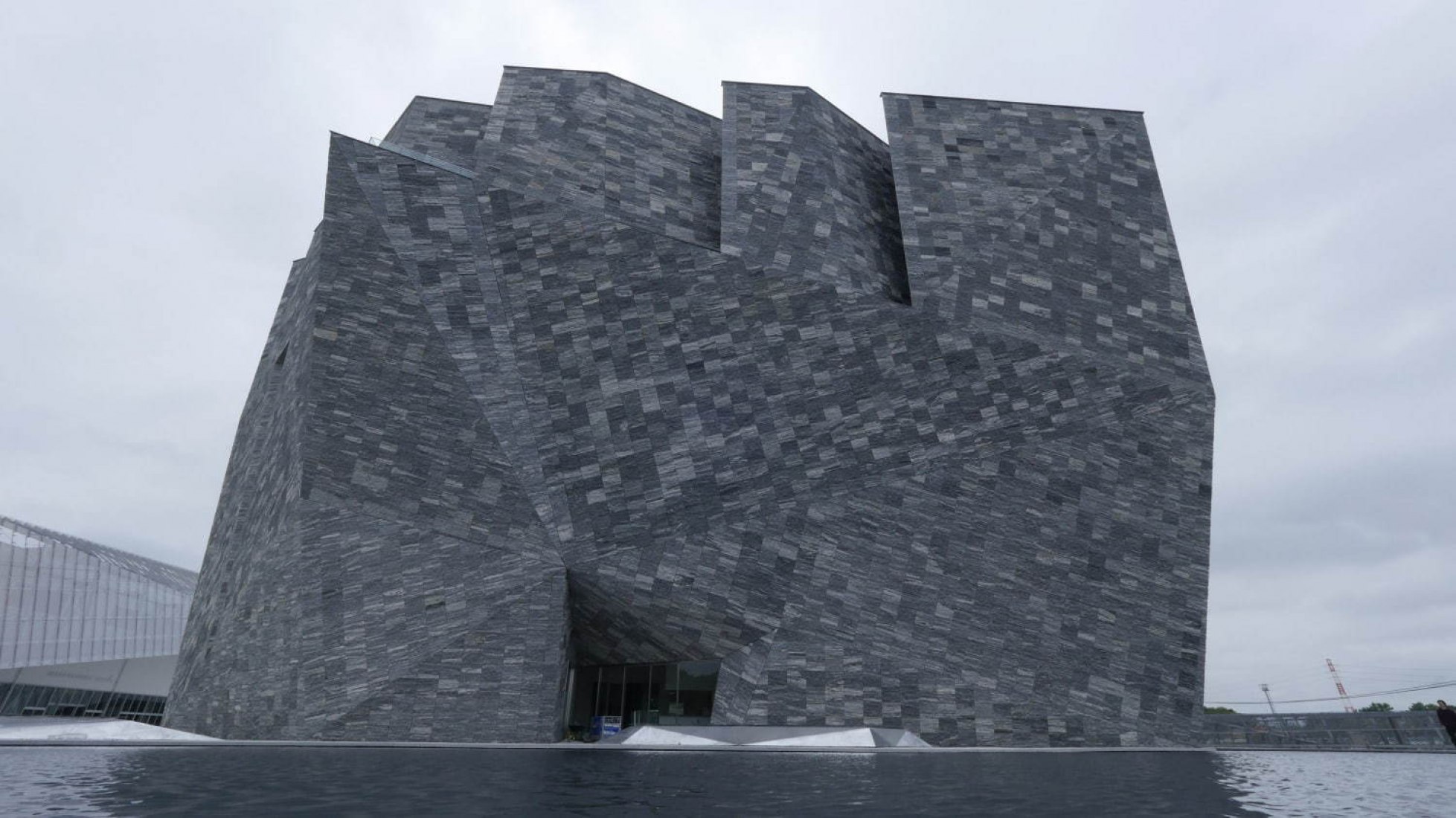The symbol of the museum and its most attractive feature is a space surrounded by an eight-meter-high bookshelves, called “Hondana Gekijo” (Library Theater), that holds around 50,000 books, including Kadokawa publications. On level four, the multifunctional space can be transformed into a performance hall using projection mapping.
Other facilities for the Kadokawa Culture Museum will include the EJ Anime Museum, which introduces Japanese anime through a unique viewpoint, and a library boasting a collection of 2.5 million comics and young adult fictions called “light novels.”
The complex include the EJ Anime Hotel, which will feature Kadokawa’s anime, video game, comics and films for its 33 guest rooms available in five different types. Moreover, the Japan Pavilion comprising two large and small event halls can host large-scale e-sports tournaments, so-called “2.5-dimension musicals” that are based on manga, anime and video game titles, and film screenings.
A Shinto shrine designed by Kengo Kuma will also be founded.
Main facilities.-
2nd floor: General information, corner cafe, rock museum shop (Opening November 6).
3rd floor: EJ Anime Museum (Opening in fall 2020).
4th floor: Edit Town (Opening November 6th), Aramata Wonder Hihokan (Opening November 6th), Bookshelf Theater (Opening November 6th).
5th floor: Musashino Corridor (Opening November 6th), Musashino Gallery (Opening November 6th), Restaurant (Opening November 6th), Bookshelf Theater (Opening November 6th).










































